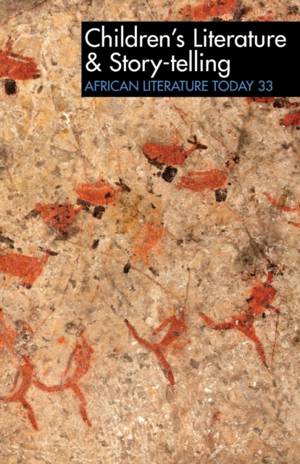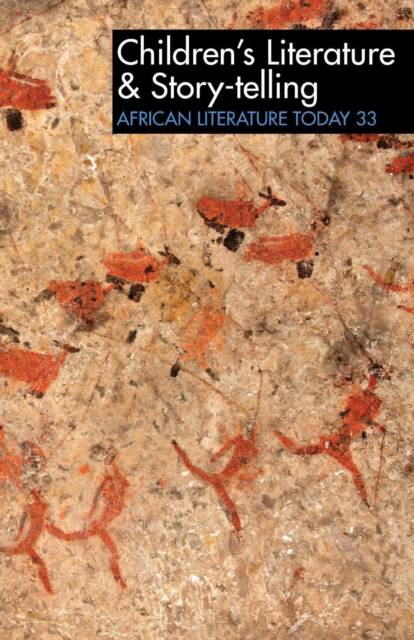
- Afhalen na 1 uur in een winkel met voorraad
- Gratis thuislevering in België vanaf € 30
- Ruim aanbod met 7 miljoen producten
- Afhalen na 1 uur in een winkel met voorraad
- Gratis thuislevering in België vanaf € 30
- Ruim aanbod met 7 miljoen producten
Zoeken
Alt 33 Children's Literature & Story-Telling
African Literature Today
€ 59,95
+ 119 punten
Omschrijving
ALT 33 examines the connections between traditional stories and myths that have been told to children, as well as the work of contemporary creative writers who are writing stories for children that help convey the complex history of the continent. Some of these writers are developing traditional myths, folk tales and legends, and are writing them in new forms, while others write for children about the encounter with the West that has dominated much modern African literature for adults. The previous neglect of the study, cultural significance, criticism and teaching of children's literature is addressed here: How can the successes and/or failures of stories and story-telling for children in Africa be measured? Are there models to be followed and what makes them models? What is the relationship between the text and the illustration of children's books? What should guide the reader or critic of children's literature coming out of Africa - globalism, transculturality or internal regionalism? What problems confront teachers, students, publishers and promoters of children's books in Africa?
Specificaties
Betrokkenen
- Uitgeverij:
Inhoud
- Aantal bladzijden:
- 223
- Taal:
- Engels
- Reeks:
- Reeksnummer:
- nr. 33
Eigenschappen
- Productcode (EAN):
- 9781847011329
- Verschijningsdatum:
- 19/11/2015
- Uitvoering:
- Paperback
- Formaat:
- Trade paperback (VS)
- Afmetingen:
- 140 mm x 216 mm
- Gewicht:
- 267 g

Alleen bij Standaard Boekhandel
+ 119 punten op je klantenkaart van Standaard Boekhandel
Beoordelingen
We publiceren alleen reviews die voldoen aan de voorwaarden voor reviews. Bekijk onze voorwaarden voor reviews.







